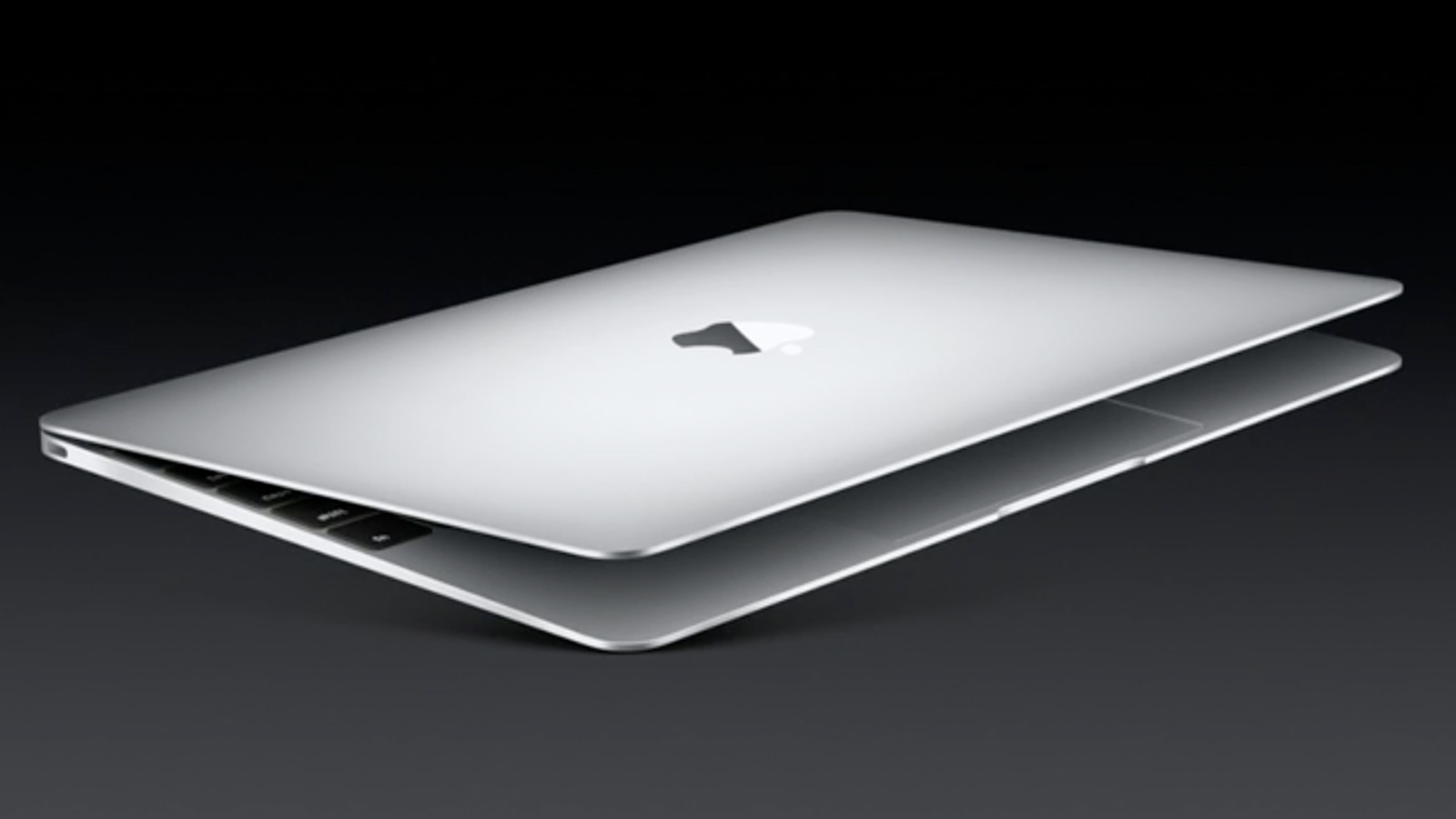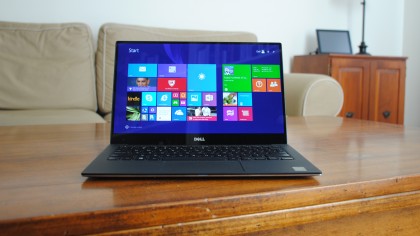Stacking the new MacBook up against its competition
The XPS 13, Zenbook UX305 and LaVie Z HZ550

Updated
Earlier today, Apple unveiled its new MacBook, a device that looks to be a marvel of laptop design. Fortunately for laptop enthusiasts, the new MacBook has a ton of competition.
In addition to the MacBook, which is sure to rank highly on the spectrum of consumer-class laptops, the new Dell XPS 13, the Lenovo LaVie Z HZ550, and the Asus Zenbook UX305 are the best laptops introduced this year. I'll take you through the specs and design features of each device to help you better understand how the MacBook stacks up against its competitors.
Keep in mind, we haven't run the soon-to-be-released MacBook and LaVie through our series of benchmarks, so we're basing many of these comparisons on manufacturer-provided spec sheets. Once we've fully tested these two laptops we will be able to provide you with a much more comprehensive comparison.
The MacBook
At just 2.0 pounds (0.90kg) and 0.5 inches (13.1mm) thick, the MacBook is a highly portable laptop among the lightest on the market. It features a fanless Intel 5th Generation Core M processor, a 2304 x 1440 Retina display, and its battery will provide up to 10 hours of video playback.
Among Apple's other innovations, the new MacBook features a butterfly mechanism in its keyboard that Apple says will provide more precise clicking. It also features a Force Touch TrackPad that enables you to click anywhere and get the same feel across the surface, unlike old trackpads that are more rigid up top and looser on the bottom. You can use the TrackPad to Force Click, which allows you to preview Wikipedia pages when you select words and phrases, or preview documents before clicking in. You can also Force Click to go faster or slower while scrolling video depending on how hard you press.
One of the more interesting innovations is the reversible USB C, which allows you to input and output USB, DisplayPort, HDMI, and VGA from one port.
Are you a pro? Subscribe to our newsletter
Sign up to the TechRadar Pro newsletter to get all the top news, opinion, features and guidance your business needs to succeed!
The new MacBook is available starting April 10 at $1299 (£1,049 in the UK).
MacBook versus XPS 13

The new MacBook features a 12-inch edge-to-edge display, which stretches your screen pretty close to the edge of the laptop's top panel. The Dell XPS 13, which we awarded a coveted five-star rating, bests this by providing a 13-inch edge-to-edge Infinity Display that packs a typical 13-inch display into an 11-inch body.
The MacBook features only a 2304 x 1440 Retina Display, whereas the XPS 13 comes in a full HD model (starting at $799, £520, AU$980) and a quad HD+ (3200 X 1800) touchscreen model ($1,299, £852, AU$1,605). The MacBook does not feature a touchscreen.
Because of its Core M processor, the MacBook narrowly beats the XPS 13 in size and heft. The standard XPS 13 is 0.6 inches (15mm) thick and weighs 2.6 pounds. So you're sacrificing about a half-pound by getting the XPS 13 instead of the standard MacBook. However, Core M is less powerful than the XPS 13's Intel Core i5 processor, so you'll have to ask yourself if processing speed is more important than portability.
In terms of battery life, the standard XPS 13 is reportedly capable of providing 15 hours of video playback, compared to the Mac's 10 hours. However, we tested the XPS13 QHD+ model and we were only able to crank out 7 hours and 40 minutes of video playback by lowering the screen brightness and audio volume to 50%. So if you're not interested in touchscreen design, but battery life is your number one priority, then you're probably better off getting the standard XPS 13.
The XPS 13 is also much more connectable than the MacBook. It features two USB 3.0 inputs, a mini DisplayPort, and a 3-in-1 (SD, SDHC, SDXC) reader. The MacBook only has a USB C input, which will require you to purchase adapters to connect more than one input and output at a time.
In terms of storage, the standard MacBook features 8GB of memory and a 256GB SSD, which is comparable to the standard version of the XPS 13.